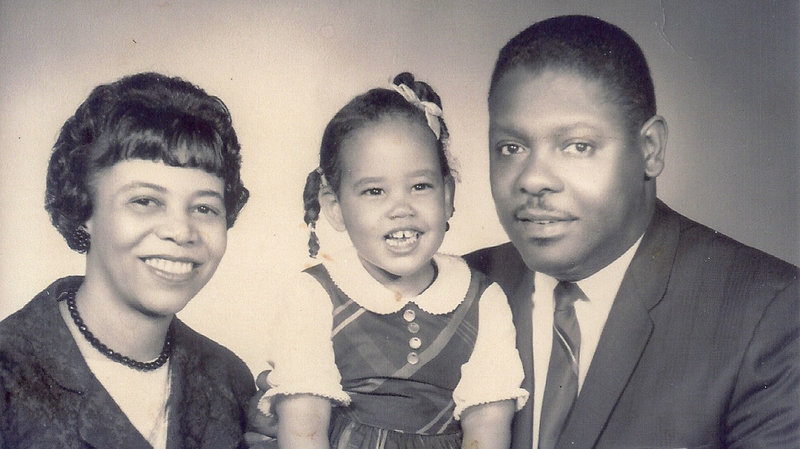
Storycorps Northwest: 50 Years On, A Seattle Daughter Recalls Her Slain Civil Rights Leader Father
Listen
BY KELLY MOFFITT & LINDSEY FEINGOLD
Miriam Pratt was five years old when Martin Luther King Jr. was assassinated in 1968. She remembers that after her father, Seattle Urban League leader Edwin Pratt, found out, he paced back and forth in his bedroom.
“He was emotional,” Pratt’s daughter tells Jean Soliz, her godmother, at StoryCorps. “I had never seen him like that.”
Nine months later, her father would suffer the same fate. On a snowy night in 1969, Edwin was shot in his home, while Miriam and her mother, Bettye, were inside.
“I remember, I heard my mother cry ‘Edwin!’ and I sat up in the bed, and I was immediately engulfed in fear,” Miriam, now 55, tells Jean.
Jean and her mother were Pratts’ neighbors. They rushed over after receiving a phone call from Bettye.
“When I saw that front door was open, I knew. I knew,” says Jean, who was 21 at the time. “I’ll never forget walking into that family room and I could see your dad laying there and, of course, he was totally still. He died instantly.”
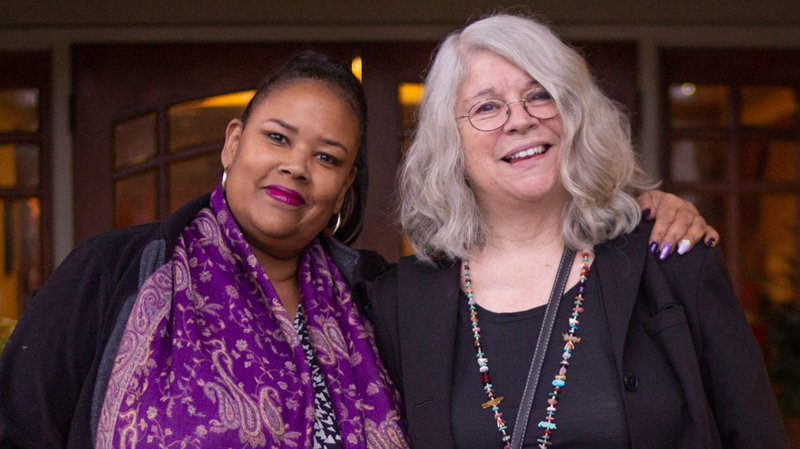
Miriam Pratt and Jean Soliz pose at their StoryCorps interview in Renton, Wash., on Jan. 22, 2019. They were neighbors when Miriam was a child, and they have stayed in contact since through letters, phone calls and visits.
CREDIT: Dupe Oyebolu/StoryCorps
Jean ran and got Miriam from her room. For Miriam, that’s when “I knew everything was going to be alright,” she says.
Edwin had spent his last day playing with his daughter. “He played snowballs with you and took you on your little sled and spent that whole day with you,” Jean tells Miriam. “Which I think is a marvelous thing.”
After his death, Miriam’s mom didn’t talk much about Edwin, because it made her sad. Miriam was able to learn about him through a photo album that Bettye had put together. It was filled with newspaper clippings, obituaries and personal pictures of Edwin.
“I wish she had been able to talk to you about him though — about his sense of humor, his astonishing singing voice,” Jean says. “And he was somebody who was quiet, but had all the power in the room.”
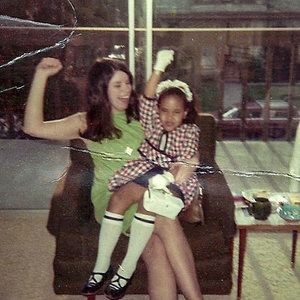
Jean Soliz and Miriam Pratt raise fists a few months after Edwin Pratt’s assassination in 1969. Inspired by Edwin and his wife Bettye, who had been a social worker, Jean went on to have a career in social services.
Bettye died in 1977. Miriam was 14, and Jean comforted her.
“I get sad, but I don’t stay in that frame of mind,” Miriam says. “Because my parents didn’t stay here long. But while they were here, they did everything humanly possible to make this a better world before they left it.”
Edwin Pratt was killed 50 years ago in January. Law enforcement determined three white men carried out the hit, but were unable to figure out who orchestrated it. The case has never been officially closed.
Audio produced for Morning Edition by Kelly Moffitt.
StoryCorps is a national nonprofit that gives people the chance to interview friends and loved ones about their lives. These conversations are archived at the American Folklife Center at the Library of Congress, allowing participants to leave a legacy for future generations. Learn more, including how to interview someone in your life, at StoryCorps.org.
Related Stories:
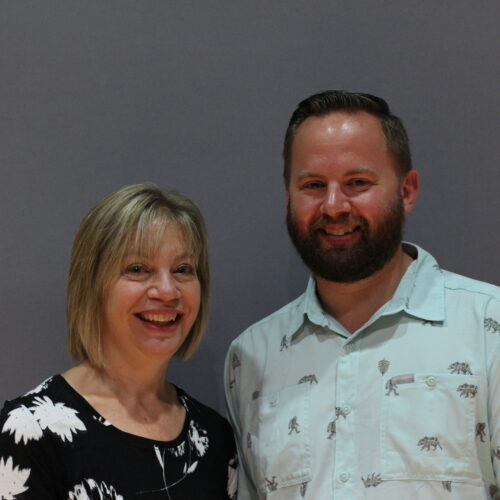
StoryCorps Northwest: Faith, Equality, And Generational Learning — Susan Mather and Nic Mather
Children learn a lot from their parents, but how much do parents learn from their kids? In this episode of StoryCorps Northwest; Susan Mather, of Moses Lake, discusses faith, equality, and generational changes with her son Reverend Nic Mather of Longview.

StoryCorps Is Coming To Moses Lake
StoryCorps has a simple, but powerful mission.
“Basically what we wanted to do was provide a space for people to have meaningful conversations, meaningful recorded conversations with people that they care about, and have access to those conversations,” says Danielle Andersen, director of the StoryCorps mobile tour.
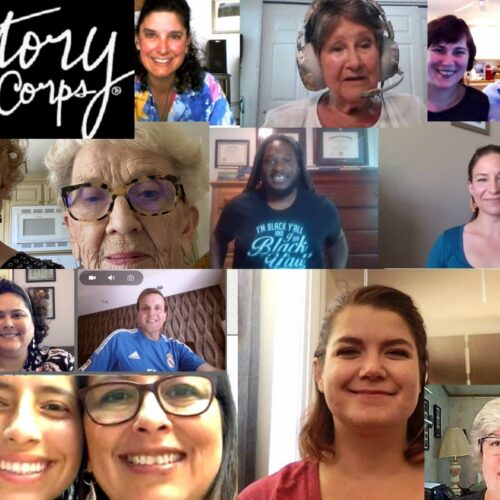
Collecting Stories Together, In A Year Spent Apart: A StoryCorps Northwest Special
This hour-long special of StoryCorps Northwest highlights some of the moving and inspiring stories from friends and neighbors in the Inland Northwest.















